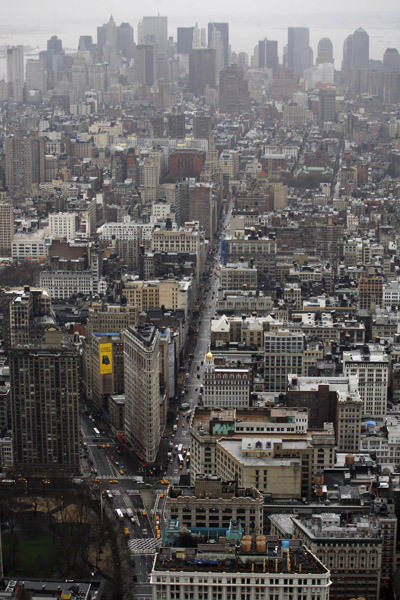Midtown South Landlords Rule With Iron Fist Despite Spike in Availability
By Al Barbarino February 11, 2013 12:19 pm
reprintsDespite a fair share of new product hitting the Midtown South market in January, landlords continued to call the shots, seeking ever-growing rents in the city’s epicenter for tech and creative companies, the latest data from Cushman & Wakefield shows.
The data shows that total space increased year-over-year in January by 9.8 percent to more than 4.52 million square feet, yet average rents also increased by 10.7 percent to $50.61 per square foot.
The boost in available product was pronounced among Class A and Class B properties, with 41.03 and 47.1 percent increases, respectively.
“It is still a landlord’s market even though that space has come online,” said Ken McCarthy, C&W’s chief economist. “Anyone adding space to the market is asking higher rents.”

Though he urged caution in extrapolating too much from a single month’s data, the January report does represent a general trend that real estate professionals should expect moving forward into 2013, Mr. McCarthy said, noting that Midtown South’s vacancy rate, at 7 percent, remains the lowest among Manhattan’s three major submarkets.
“Midtown South is still very tight,” he said.
Among the Class B inventory added to Midtown South in January was space at 110 Fifth Avenue, 90 Fifth Avenue and 401 Park Avenue South; while Neilson’s slated departure from its space at 770 Broadway shot the Class A numbers up.
The Greenwich Village and SoHo neighborhoods mirrored the increases seen both in available space and rents, with a 35 percent increase in product yet a 47.2 percent increase in rents, to $54.11 per square foot.
While Downtown rents decreased nearly 8 percent to $39.89, a 31.4 percent increase in leasing activity was the greatest among the three submarkets, helped along by HarperCollins’ encouraging 185,000-square-foot lease at 195 Broadway. Leasing activity among Downtown’s Class B stock shot up a whopping 209.8 percent, by far the highest among any market or property type.


